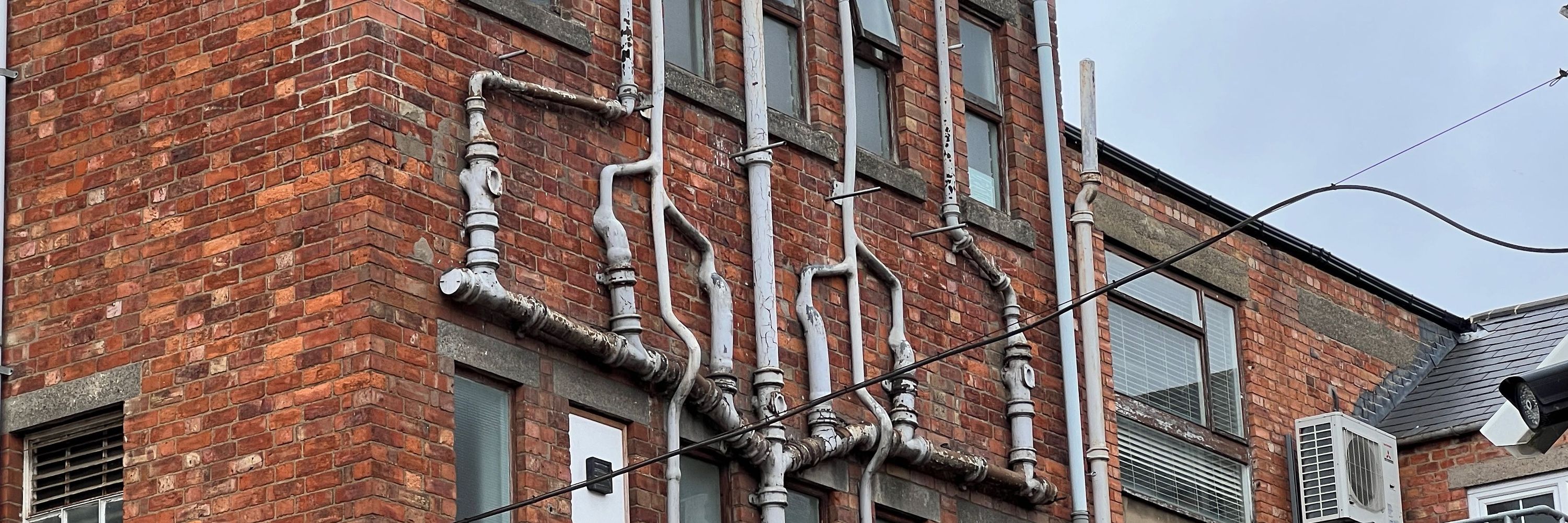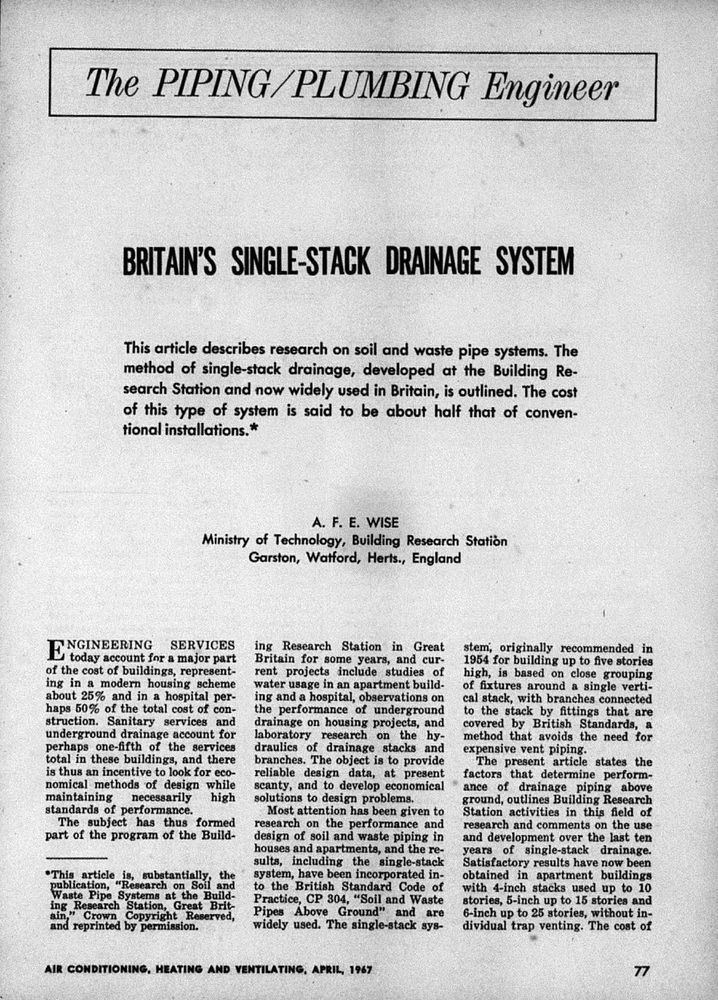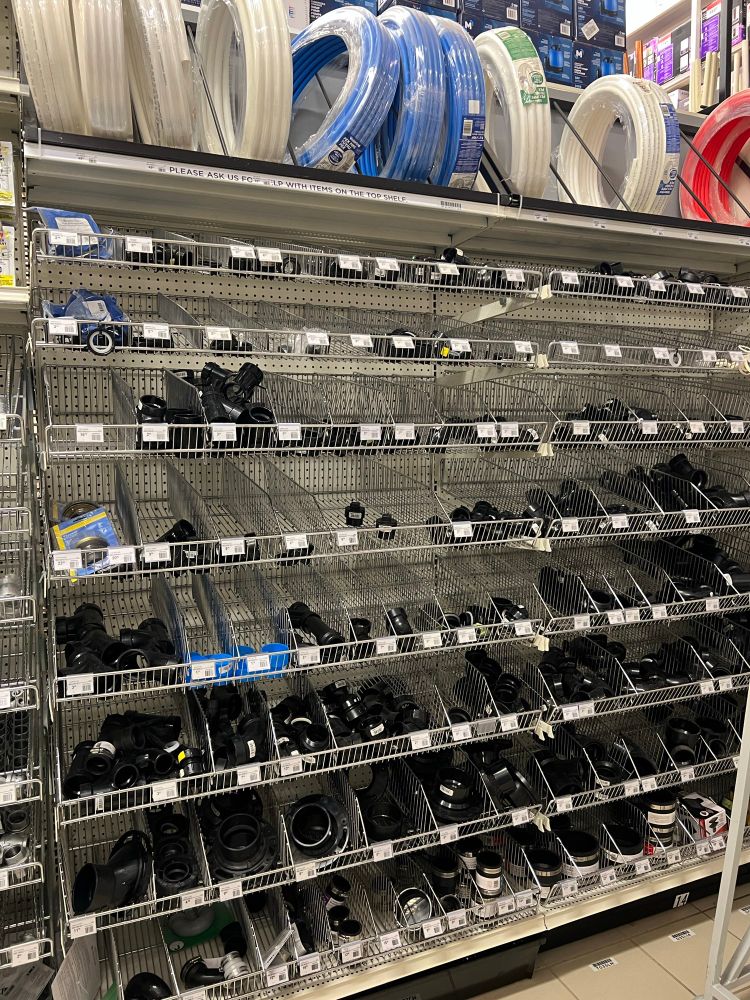











'architects don't design buildings, codes do'

'architects don't design buildings, codes do'







I really hate these cardboard houses. This continent should learn how to build properly.





So, here’s a thread for those of you similarly enthralled…
@greenestcity.bsky.social @cityofvancouver.bsky.social
So, here’s a thread for those of you similarly enthralled…
@greenestcity.bsky.social @cityofvancouver.bsky.social

